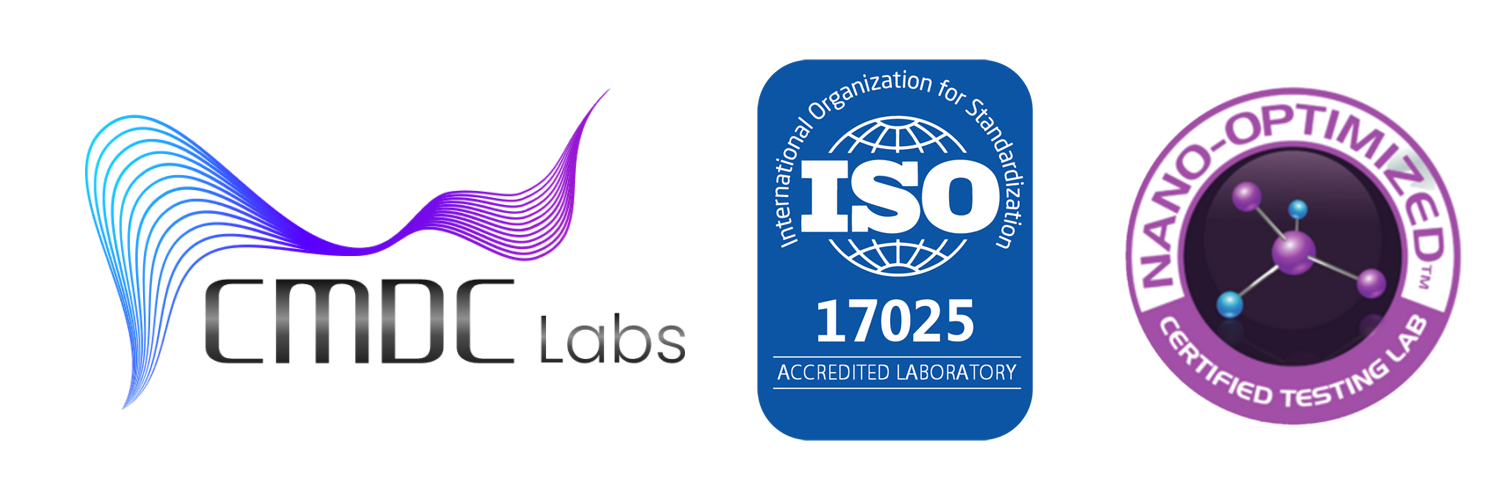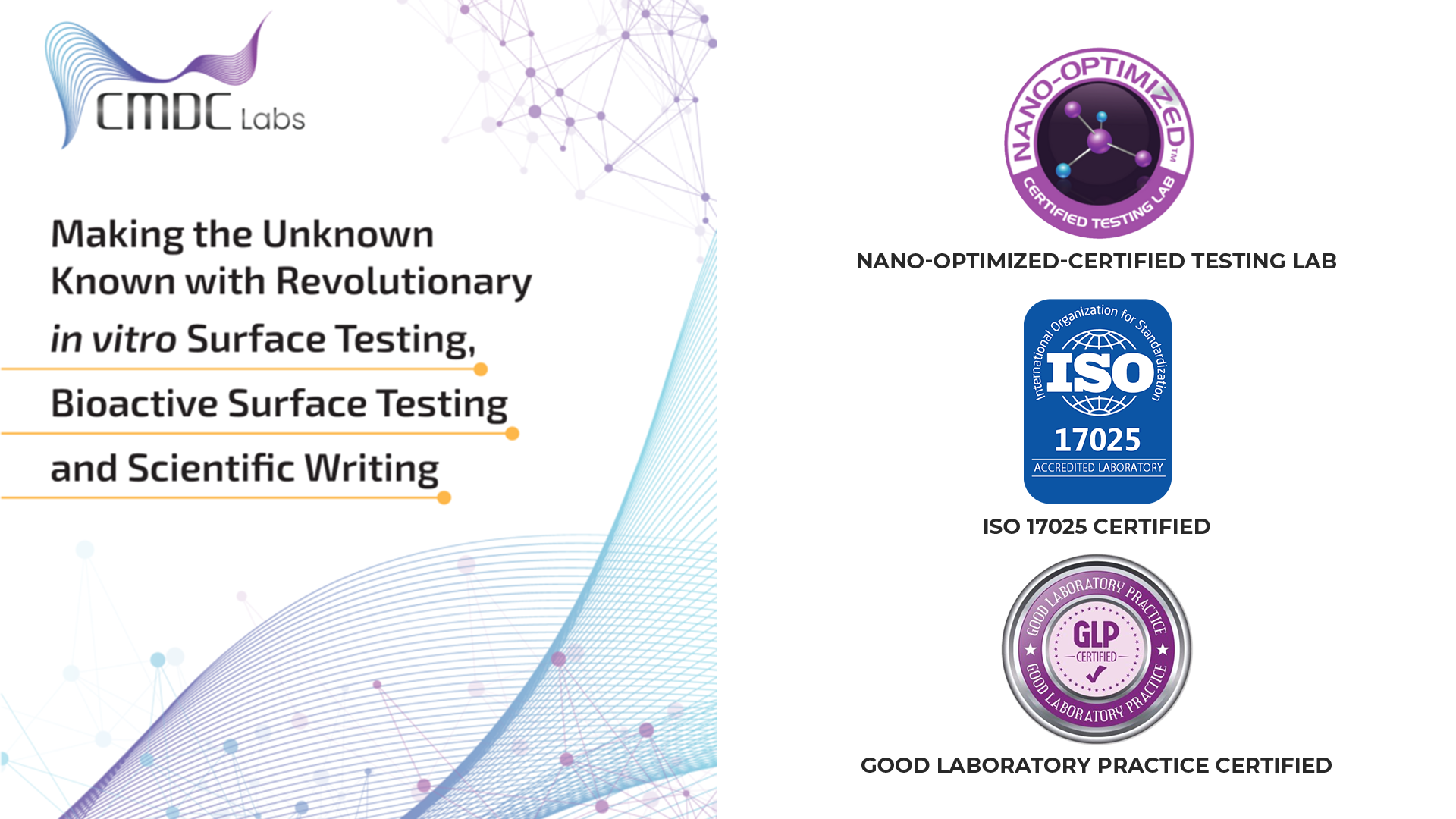Food safety is a critical concern globally, with increasing emphasis on detecting and controlling microbial hazards in food products. At CMDC Labs, we specialize in AOAC-compliant food microbiology testing, ensuring that food products are free from harmful microorganisms. This article focuses on our capabilities in microbial safety, highlighting the importance of AOAC standards and the advanced technologies we use to maintain the highest levels of food safety.
The Importance of AOAC Standards in Food Microbiology
AOAC International develops and validates analytical methods that ensure the accuracy and reliability of food safety testing. AOAC-compliant methods are essential for detecting and quantifying microbial contaminants in food products, helping to protect public health and meet regulatory requirements.
Comprehensive AOAC Compliant Microbial Safety Testing at CMDC Labs
Our AOAC-compliant microbial safety testing services cover a wide range of tests to detect pathogens, spoilage organisms, and other microbial hazards in food products. Here’s a closer look at our capabilities:
1. Pathogen Detection
Detecting pathogens is crucial for preventing foodborne illnesses. At CMDC Labs, we employ AOAC-approved methods to identify pathogens such as Salmonella, Listeria, and E. coli in various food matrices.
- Polymerase Chain Reaction (PCR): PCR is a molecular biology technique used to amplify and detect the DNA of pathogens. It offers high sensitivity and specificity, allowing for the rapid detection of low levels of contamination.
- Enzyme-Linked Immunosorbent Assay (ELISA): ELISA detects specific antigens associated with pathogens. It is an effective method for screening large numbers of samples.
2. Spoilage Organism Analysis
Spoilage organisms can degrade food quality and reduce shelf life. Our testing services include the enumeration and identification of these microorganisms to help manufacturers ensure product stability.
- Culture-Based Methods: Traditional culture methods involve growing microorganisms on selective media, allowing for their enumeration and identification.
- Advanced Imaging Techniques: These techniques enhance the detection and identification of spoilage organisms, providing detailed images of microbial colonies.
3. Yeast and Mold Testing
Yeasts and molds are common spoilage organisms that can also produce mycotoxins, harmful to health. Our AOAC-compliant methods ensure accurate detection and quantification of these fungi.
- Selective Culturing: Using specific media to grow and identify yeasts and molds.
- Quantitative PCR (qPCR): This technique allows for the precise quantification of fungal DNA, ensuring accurate results.
Implementing Advanced Technologies for Microbial Safety
To stay at the forefront of food safety testing, CMDC Labs employs advanced technologies and methodologies:
1. Rapid Microbiological Methods (RMM)
RMMs provide faster results compared to traditional methods, enabling quicker decision-making and response to potential contamination events.
- ATP Bioluminescence: This method measures the presence of ATP, a molecule found in all living cells, providing rapid results for microbial contamination.
- Automated PCR Systems: These systems automate the PCR process, increasing throughput and reducing the risk of human error.
2. High-Throughput Screening
High-throughput screening allows for the simultaneous testing of multiple samples, increasing efficiency and reducing turnaround times.
- Automated Sample Handling: Robotic systems handle sample preparation and processing, ensuring consistency and reducing labor costs.
- Multiplex Assays: These assays enable the detection of multiple pathogens or contaminants in a single test, improving efficiency.
Quality Assurance and Regulatory Compliance
Our commitment to quality assurance and regulatory compliance is central to our food safety testing services. Key aspects include:
1. Rigorous Quality Control
We implement stringent quality control measures to ensure the accuracy and reliability of our testing results.
- Proficiency Testing: Regular participation in proficiency testing programs ensures that our methods meet industry standards.
- Internal Audits: Routine internal audits help identify areas for improvement and ensure compliance with AOAC standards.
2. Continuous Improvement
We are committed to continuous improvement, regularly updating our methods and technologies to stay ahead of industry advancements.
- Staff Training: Our team undergoes continuous training to stay updated on the latest developments in food microbiology.
- Method Validation: We validate our testing methods to ensure their accuracy, precision, and reproducibility.
The Benefits of AOAC-Compliant Food Safety Testing
Adhering to AOAC standards offers several benefits:
- Regulatory Compliance: Ensures that food products meet national and international regulatory requirements.
- Consumer Confidence: Builds trust with consumers by demonstrating a commitment to food safety and quality.
- Risk Mitigation: Identifies and addresses potential food safety hazards before they reach the market, reducing the risk of foodborne illnesses.
Conclusion
CMDC Labs’ expertise in AOAC-compliant food safety testing is integral to ensuring the safety and quality of food products. By leveraging advanced technologies and adhering to rigorous standards, we provide reliable and accurate testing services that help manufacturers meet regulatory requirements and protect public health. Our commitment to quality, innovation, and continuous improvement ensures that we remain a trusted partner in the food industry.
For more information on our AOAC-compliant food safety testing services and how we can support your food safety needs, connect with us!
References
-
AOAC International. “Official Methods of Analysis.”
-
Food and Drug Administration (FDA). “Food Safety and Modernization Act (FSMA).”
-
United States Department of Agriculture (USDA). “Microbiological Testing Methods.”

